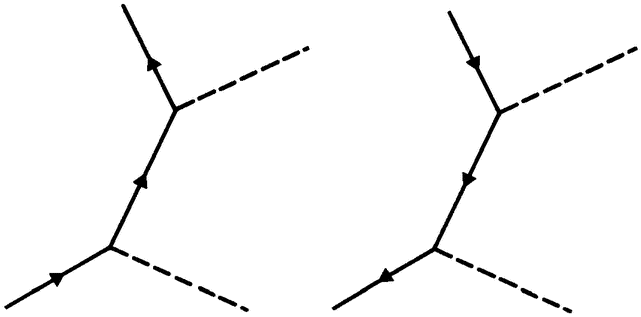


Neutrinos were originally theorized in 1930 by Wolfgang Pauli as a way to balance out the math (and the energy) in a reaction called beta decay, something that happens in the nucleus of an atom. A particle might start out as an electron neutrino, but as it moves, it morphs into a muon neutrino or a tau neutrino, changing flavors as it goes. Looking at how neutrinos change as they travel gives scientists valuable information about the ghostly particles. Imagine purchasing a carton of chocolate ice cream at the store, driving home, and opening it only to find it was vanilla! So you put a scoop of vanilla in your bowl and walk into the other room to eat it, where you are surprised to find it is now strawberry. Neutrinos are strange particles, and scientists were quite surprised to find that the flavor of a neutrino changes as it travels. Scientists never actually see the neutrino itself instead, they see the other particles that are made when a neutrino interacts in a detector. That helps scientists identify what flavor neutrino the particle was before it interacted.

When a neutrino (finally!) interacts, its partner particle often shows up. They are associated with three similarly named fundamental particles, the electron, muon, and tau. Perhaps the most important thing to know about neutrinos is that they come in three types, or flavors:Įach flavor of neutrino is considered a fundamental particle, or one of the basic building blocks of our universe that can’t be broken down into any smaller pieces.


 0 kommentar(er)
0 kommentar(er)
